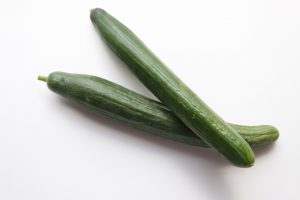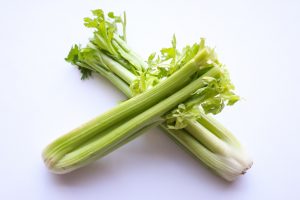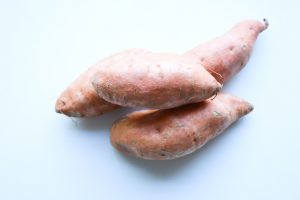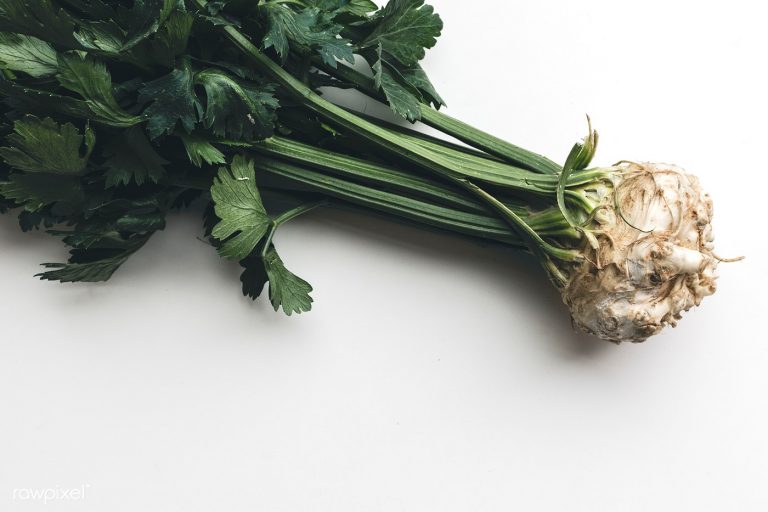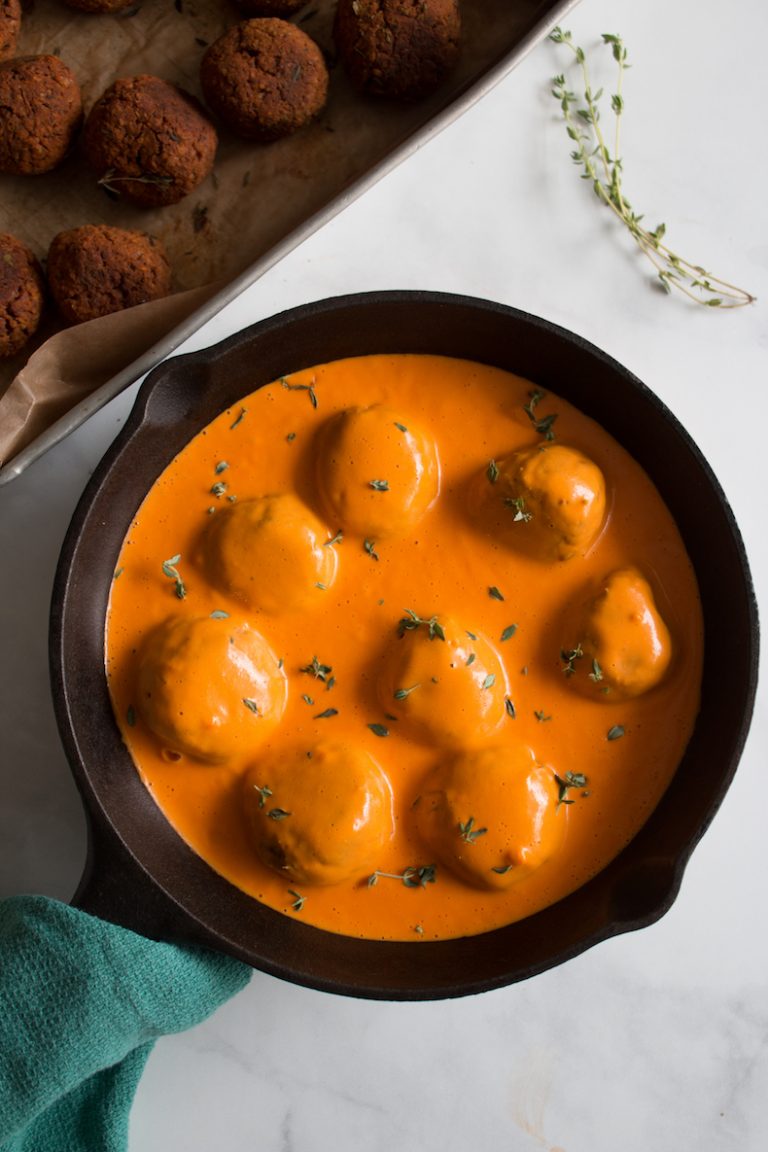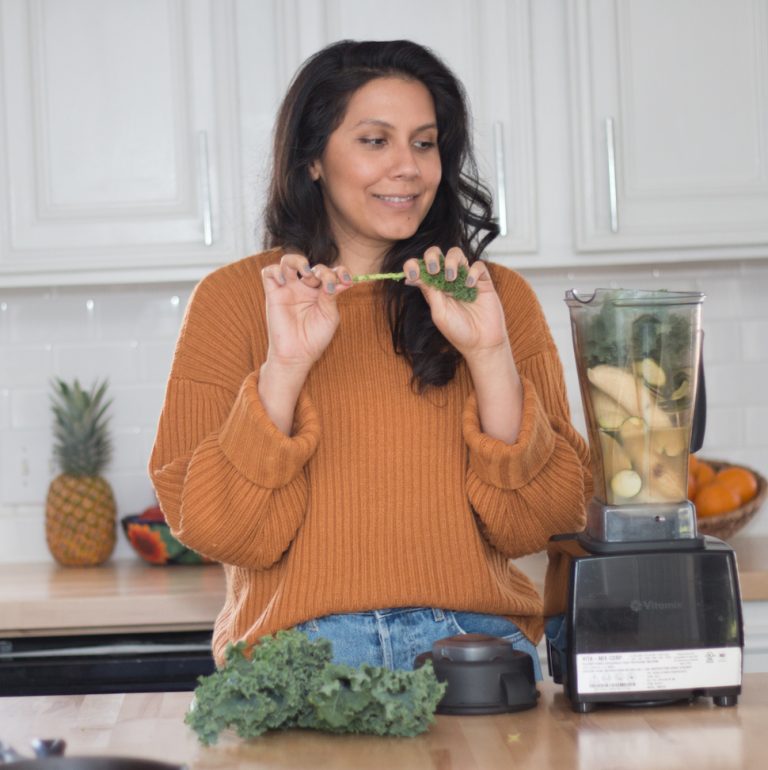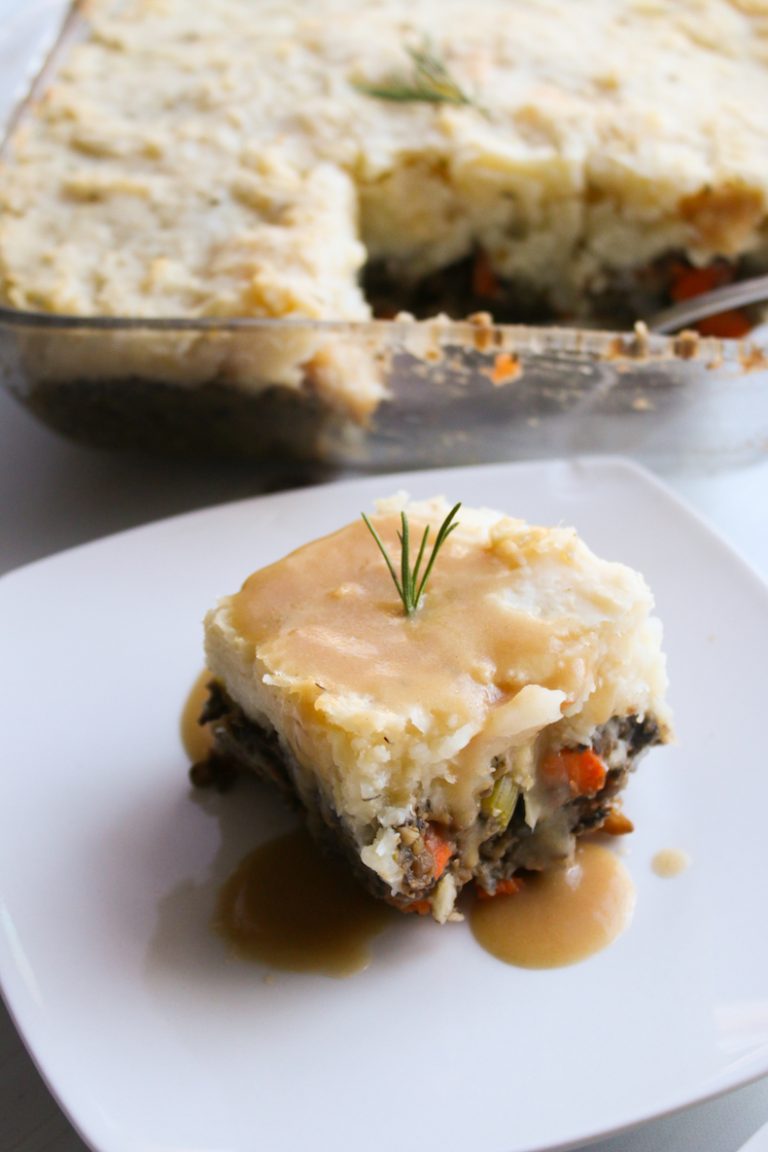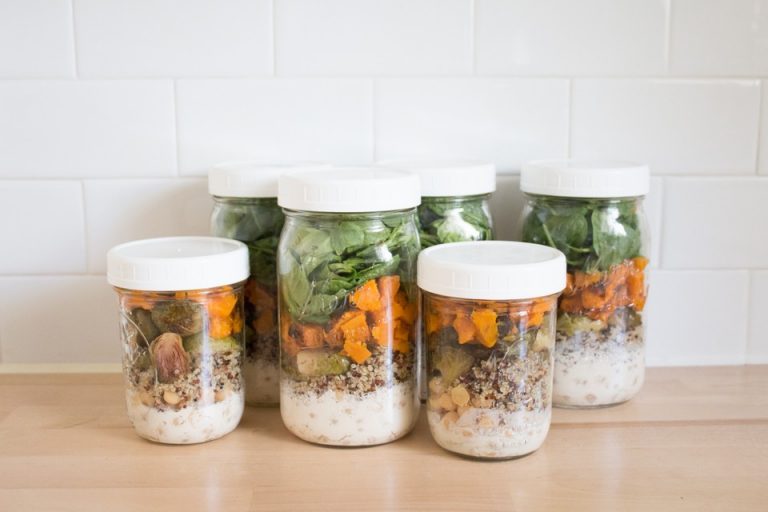My goal with Live Simply Natural is that it becomes a resource to help you feel empowered when making nourishing lifestyle choices. I’m a big believer that eating a well-balanced diet is the foundation for feeling good from the inside out. So I’m breaking down everything you need to know to unlock the nutritional powerhouse of the most common whole food ingredients. Today I’ll be talking about – CORN!
Produce Guide: Corn
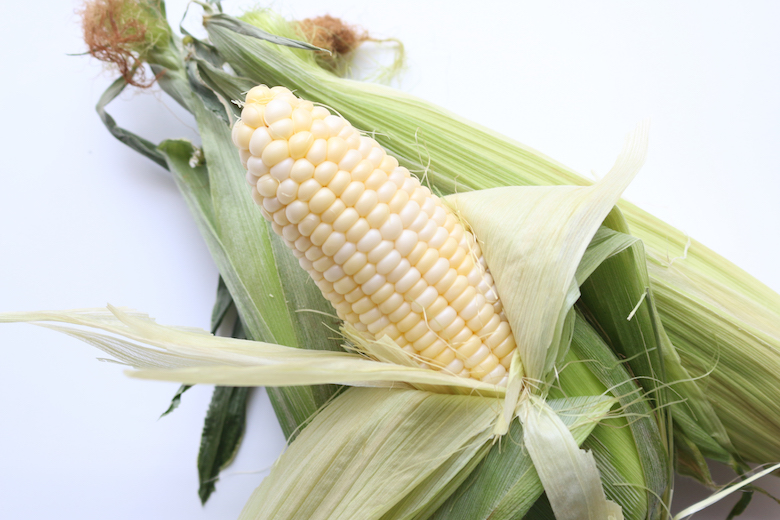
Corn may get a bad rap as being too starchy and since corn is the biggest crop in the US and most of it is genetically modified it may be hard to find if you don’t know what you’re looking for. But don’t get discouraged, this post is a guide for everything you will need to know. Corn offers a host of health benefits and is great when add to salads, soups, salsas, or even eaten raw as is with a sprinkle of salt. The two most popular varieties are yellow, which tends to have larger, fuller-flavored kernels, and white, which is smaller and sweeter. As with most vegetables, corn tastes best when fresh-picked, but standard corn has an especially shorter shelf life. As soon as corn is picked, its sugar begins is gradual conversion to starch, which reduces the corn’s natural sweetness. Corn will lose 25% or more of its sugar within 25 hours after harvesting it. These sweet and crunchy cobs are hitting farmer’s markets and grocery stores all around the country and peaking from May all the way to September.
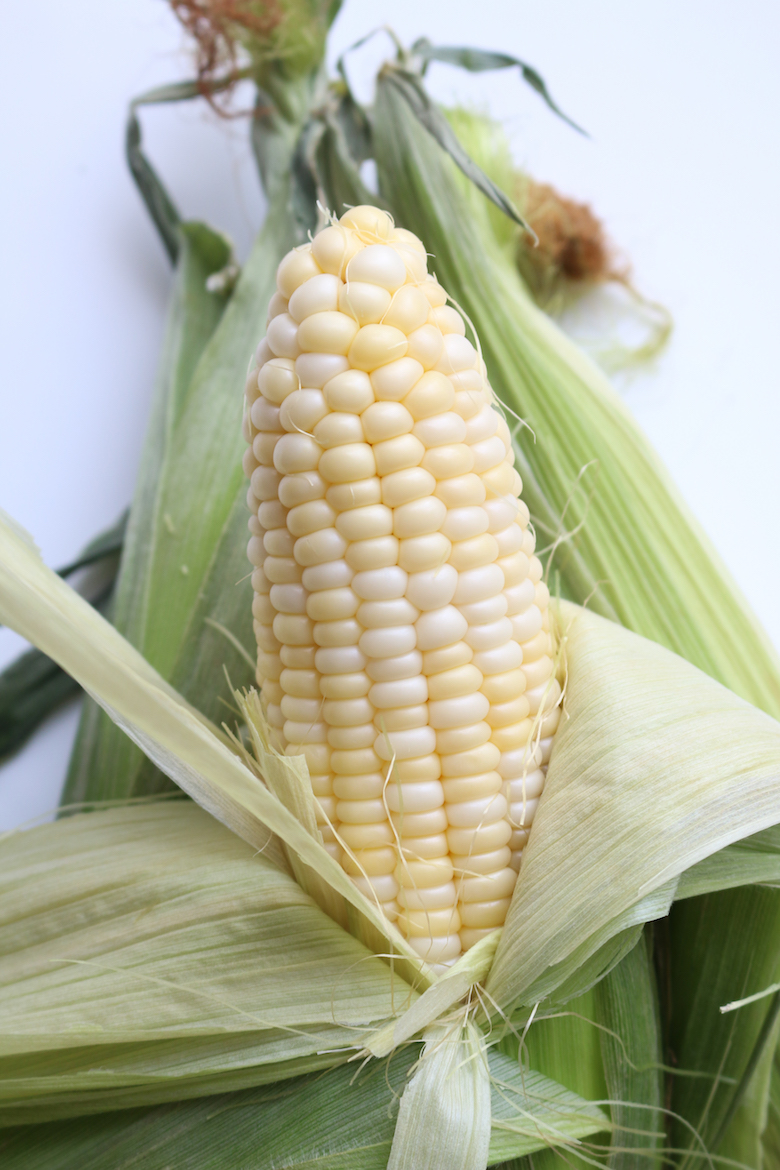
-
HEALTH BENEFITS
Organic corn is rich in vitamin C, and magnesium, and contains certain B vitamins and potassium. It also supplies a good dose of two antioxidants linked to eye and skin health called zeaxanthin and lutein. It also has a great source of carbohydrates which will help to maintain energy throughout the day. Eating fresh corn on the cob also gives you a good amount of the daily dietary fiber you need. Aside from supplying fiber, corn also has a decent amount of protein for a vegetable, with five to six grams per ear. Fiber and protein together help fill us up better than carbohydrates alone because they stabilize the passage of food through our digestive tract and help prevent drastic blood sugar fluctuations.
NUTRIENT BREAKDOWN OF CORN
*raw corn, 100g (source)
- Fiber | 2.7 g (11% DV)
- Protein | 3.2 g (6% DV)
- Carbohydrates | 19 g (6% DV)
- Vitamin A | 370 IU (7% DV)
- Vitamin C | 6.8 mg (11% DV)
- Folate | 46 mcg (11% DV)
- Magnesium | 37 mg (9% DV)
- Potassium | 270 g (8 % DV)
- Phosphorus | 89 g (9% DV)
-
HOW TO BUY
When shopping for fresh corn, you should always look for the same things: Look for organic or locally grown, when buying organic corn you are ensuring that your corn isn’t genetically modified. Make sure the ears are full and have golden silks coming from the top. The silky strands are actually what pollinates the corn itself. Not having enough silk strands can lead to those gaps in kernels on the cob. The husks of your corn should be green and not brown or a washed-out yellow-green. You also should look at the bottom of the husk where it was broken off when it was harvested; you don’t want this to be brown.
-
HOW TO STORE
When properly stored, corn should last up to 5-7 days in the fridge. If you don’t plan to use it right away store it in your refrigerator with the husk still on it. This should slow down the process of the sugars turning to starch. Do not remove the husks until you’re ready to cook.
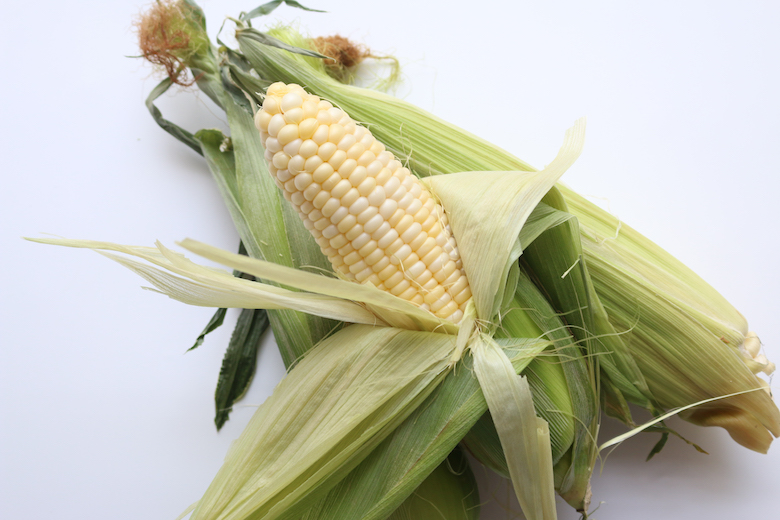
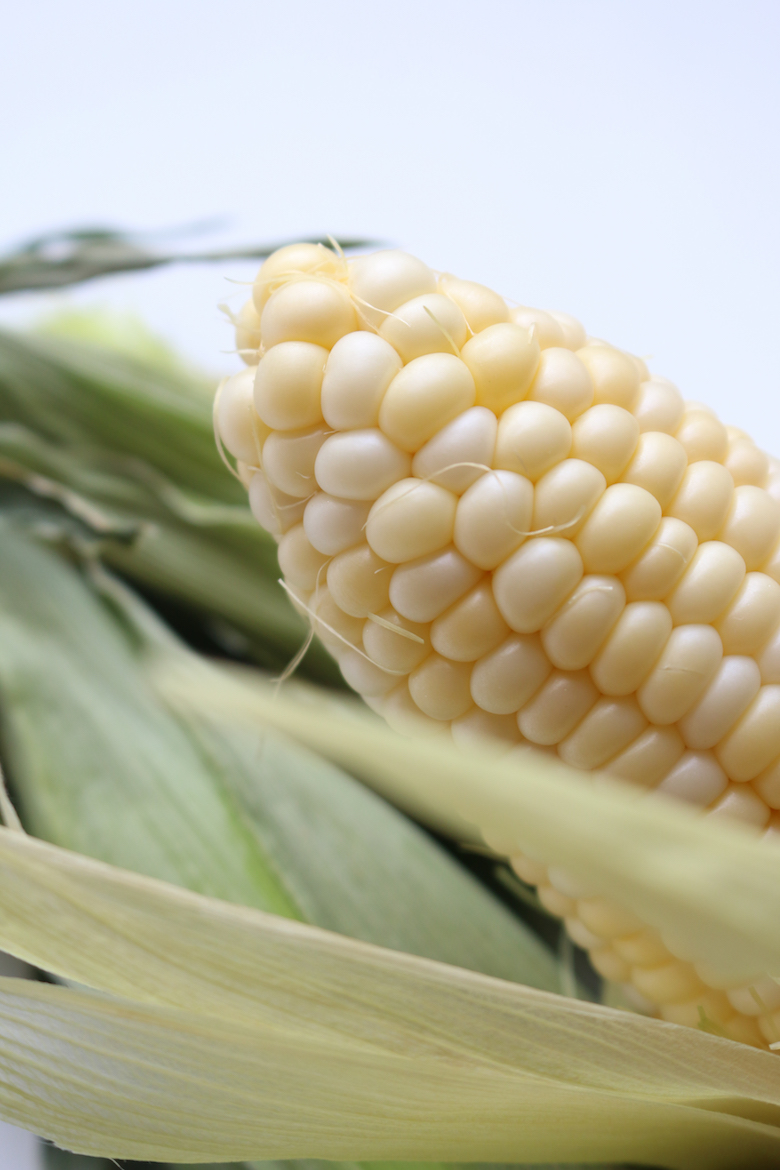
-
HOW TO PREPARE
When peeling fresh corn, I like to soak the corn in warm water for a few minutes before peeling. This makes it easier to get all the silk strain off the corn when peeling. Then start by exposing the tip of the ear of corn, pulling back the leaves and silk strains gathering them at the bottom, and snapping them off at the base of the ear of corn. Run your fingers over the cob and pick away any remaining silks.
When cutting corn off the cob it may seem pretty straightforward, but the primary obstacle you’ll face is keeping the kernels from going all over the place. The best way to avoid this is to place the ear inside a large bowl and cut it there. Using a sharp chef’s knife, cut downward, as close to the base of the kernels as possible, while making sure not to angle the blade into the cob itself. Rotate the ear of corn, and repeat the cut until all the kernels have been removed. To boil corn simply bring a pot of water to a boil making sure that the pot is big enough to hold all the ears of corn. Add your corn, cover, and turn off the heat. Let sit for at least a minute, at which point the raw corn will be warm. After two minutes the corn will be hot and starting to get tender. After four minutes you’ll have more fully cooked corn on the cob. Since the heat is off, you can let the corn sit longer until the rest of your dish is ready to be served.
If you are looking to grill your corn which is great for the summer and really adds a great charred edge to the sweetness of the corn. You can grill corn in the husk, as long as you open it up first and pull out the corn silk, but you end up with something more like steamed corn, which is great. I prefer to after cooking open it up, brush it with oil, and set it on a medium-hot grill for an extra 15 minutes.

-
CORN RECIPES
Looking for healthy ways to use fresh corn? Check out some of our favorite recipes here!
WHAT’S YOUR FAV!
What ingredient do you guys want to learn more about? And if you have a favorite way to eat corn, tag @livesimplynatural or #livesimplynatural so the LSN community can get inspired by your dish too :)
Hugs,


